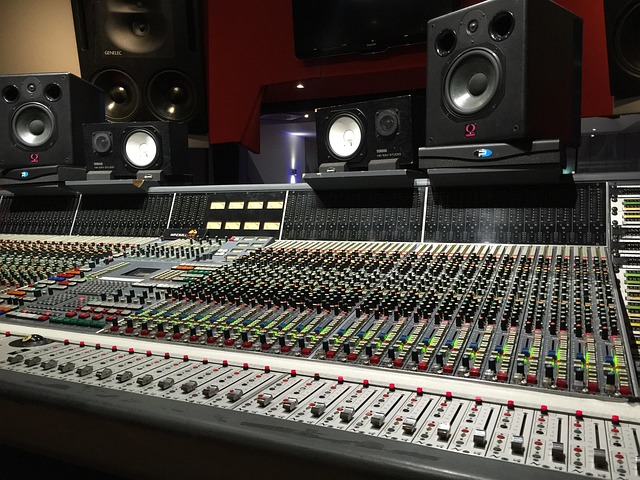The real estate industry is evolving with a growing demand for mixed-use developments that blend residential, commercial, and retail spaces, revolutionizing urban landscapes. This trend offers integrated amenities, enhances accessibility, and promotes sustainable living in densely populated areas. Developers are creating multi-purpose spaces that cater to diverse needs, fostering communities and reducing commuting distances, while providing benefits like increased flexibility, enhanced tenant diversity, and reduced investment risk. Mixed-use projects are gaining popularity with high occupancy rates and significant revenue streams, positioning them as game-changers in the dynamic real estate market.
In today’s dynamic urban landscape, real estate is witnessing a significant shift towards hybrid models that seamlessly blend residential, commercial, and retail purposes. This innovative approach caters to evolving consumer needs and preferences, offering diverse amenities under one roof. The rise of these multi-purpose spaces has sparked a new era in real estate development, driving success for developers and investors alike. By exploring architectural designs, urban planning strategies, and the integration of smart technology, this article delves into the future of versatile real estate, focusing on both environmental sustainability and enhanced lifestyle experiences.
The Rise of Hybrid Real Estate Models

In recent years, the real estate industry has witnessed a significant shift towards hybrid models that seamlessly blend residential, commercial, and retail spaces. This innovative approach is reshaping urban landscapes, offering a more integrated and efficient use of land resources. The rise of mixed-use developments provides a unique solution to the growing demand for diverse amenities in densely populated areas.
By combining different purposes within a single structure or complex, hybrid real estate models enhance accessibility and convenience for residents and businesses alike. These blends create vibrant, bustling hubs where people can live, work, shop, and socialize without extensive travel. Such integrated ecosystems not only contribute to more sustainable urban living but also drive economic growth by fostering diverse local economies.
– Exploring the demand for multi-purpose spaces

In today’s dynamic urban landscape, the demand for real estate that seamlessly blends residential, commercial, and retail purposes is on the rise. This multi-purpose trend reflects a shift in how people live, work, and interact within their communities. The typical separation between these sectors is blurring, giving way to innovative designs that cater to diverse needs. Whether it’s a vibrant neighborhood with mixed-use developments or a bustling city center integrating offices, shops, and homes, this integration offers numerous benefits.
Multi-purpose spaces cater to the modern lifestyle, where individuals often juggle multiple roles as residents, workers, and shoppers. They foster a sense of community, encourage foot traffic, and promote sustainable living by reducing commuting distances. Real estate developers are responding to this demand by creating harmonious environments that enhance the overall quality of life. This approach not only satisfies consumer preferences but also has the potential to revolutionize urban planning and development strategies.
– Success stories and benefits for developers and investors

Mixed-use developments that seamlessly blend residential, commercial, and retail spaces have become a game-changer in the real estate sector. These projects offer a wide range of benefits for developers and investors alike. Success stories abound, with many such properties achieving high occupancy rates and significant revenue streams.
For developers, combining these purposes allows for increased flexibility in design and tenant mix. It enables them to cater to diverse demographics, from young professionals seeking urban living to families looking for convenient access to amenities. Investors benefit from reduced risk due to the steady demand for mixed-use spaces. These properties often experience lower vacancy rates and can generate consistent cash flow from multiple streams, ensuring a robust return on investment in the dynamic real estate market.






